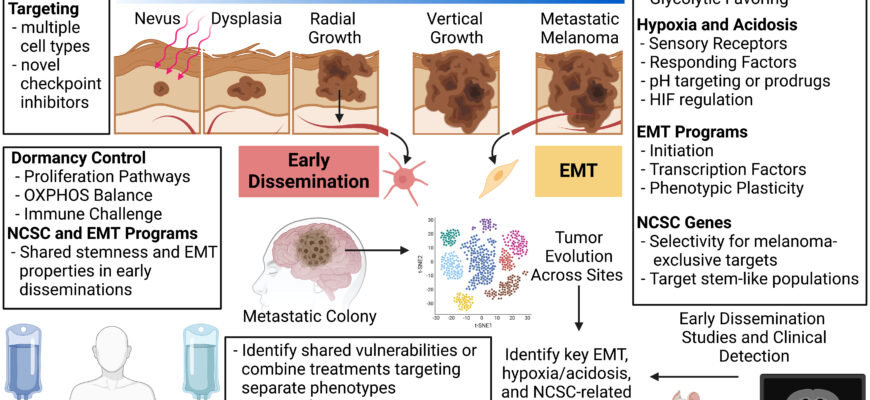Melanoma. The very name evokes a sense of urgency. As the most aggressive form of skin cancer, its propensity for rapid metastasis and a stubborn resistance to therapy makes it a particularly formidable foe. For patients facing advanced or recurring melanoma, the quest for effective treatment is a deeply personal and often desperate one. Now, a recent breakthrough published in the Journal for ImmunoTherapy of Cancer (JITC) offers a significant glimmer of hope, suggesting a powerful new strategy to re-engage the body`s own defenses.
The Immune System`s Tricky Tango with Cancer
Our immune system, a marvel of biological engineering, is usually quite adept at identifying and eliminating rogue cells, including early-stage cancer. However, cancer is a master of disguise and deception. Over time, it learns to erect `checkpoints` – molecular signals that essentially tell immune cells, particularly T-lymphocytes, to stand down. These checkpoints lead to a state known as `T-cell exhaustion,` where our body`s highly trained killer cells become, for lack of a better term, utterly knackered. They`re present, but they`re not fighting.
One particularly troublesome protein that plays a starring role in this exhaustion is TIM-3. When T-cells are perpetually fighting, or trying to, against a growing tumor, TIM-3 levels on their surface skyrocket. It`s like a cellular `do not disturb` sign, signaling the T-cell to disengage from the battle, allowing the cancer to flourish unchecked. For many melanoma patients, this is precisely why existing immunotherapies, while revolutionary, eventually hit a wall.
A Triple-Threat Strategy: Waking the Weary Warriors
Enter the new approach: a strategic alliance of antibodies designed to block not just one, but three of these immune checkpoints: PD-1, LAG-3, and crucially, TIM-3. Imagine giving your elite special forces a comprehensive intelligence briefing and a set of keys to unlock their own restraints, all at once. That`s the essence of this combination therapy.
The preclinical findings were nothing short of compelling. In laboratory models, this triple-antibody cocktail demonstrated a remarkable ability to completely suppress tumor growth. This wasn`t merely slowing things down; it was a full-scale immunological counter-attack that turned the tide.
How the Immune System Gets Its Mojo Back
So, how does this sophisticated triple blockade work its magic? By simultaneously neutralizing PD-1, LAG-3, and TIM-3, scientists observed a profound shift in the immune landscape. The number of `exhausted` and `regulatory` T-cells (the ones that suppress immune responses) significantly decreased. Concurrently, there was a robust increase in active CD8 T-cells – the true heavy artillery of the immune system, capable of recognizing and obliterating cancer cells. It`s as if the immune system`s internal alarm clock finally went off, and its most potent defenders remembered their mission with renewed vigor.
From Lab Bench to Lifeline: The Road Ahead
While these results are incredibly promising, it`s vital to remember that these triumphs occurred in preclinical models. The next crucial step involves human clinical trials to ascertain both the safety and efficacy of this potent new combination in patients.
Should these trials prove successful, this triple-antibody regimen could emerge as a critical `second-line` therapy. This means it would offer a vital lifeline to patients whose progressive melanoma has ceased to respond to conventional immune checkpoint inhibitors. For those who have exhausted existing options, the prospect of an entirely new, effective strategy provides immense hope.
The relentless pursuit of cancer cures continues, and each discovery, like this multi-pronged attack on melanoma`s defenses, reinforces the belief that one day, even the most stubborn forms of this disease will meet their match. Science, it seems, is quite adept at teaching old dogs (or rather, exhausted T-cells) new tricks.








